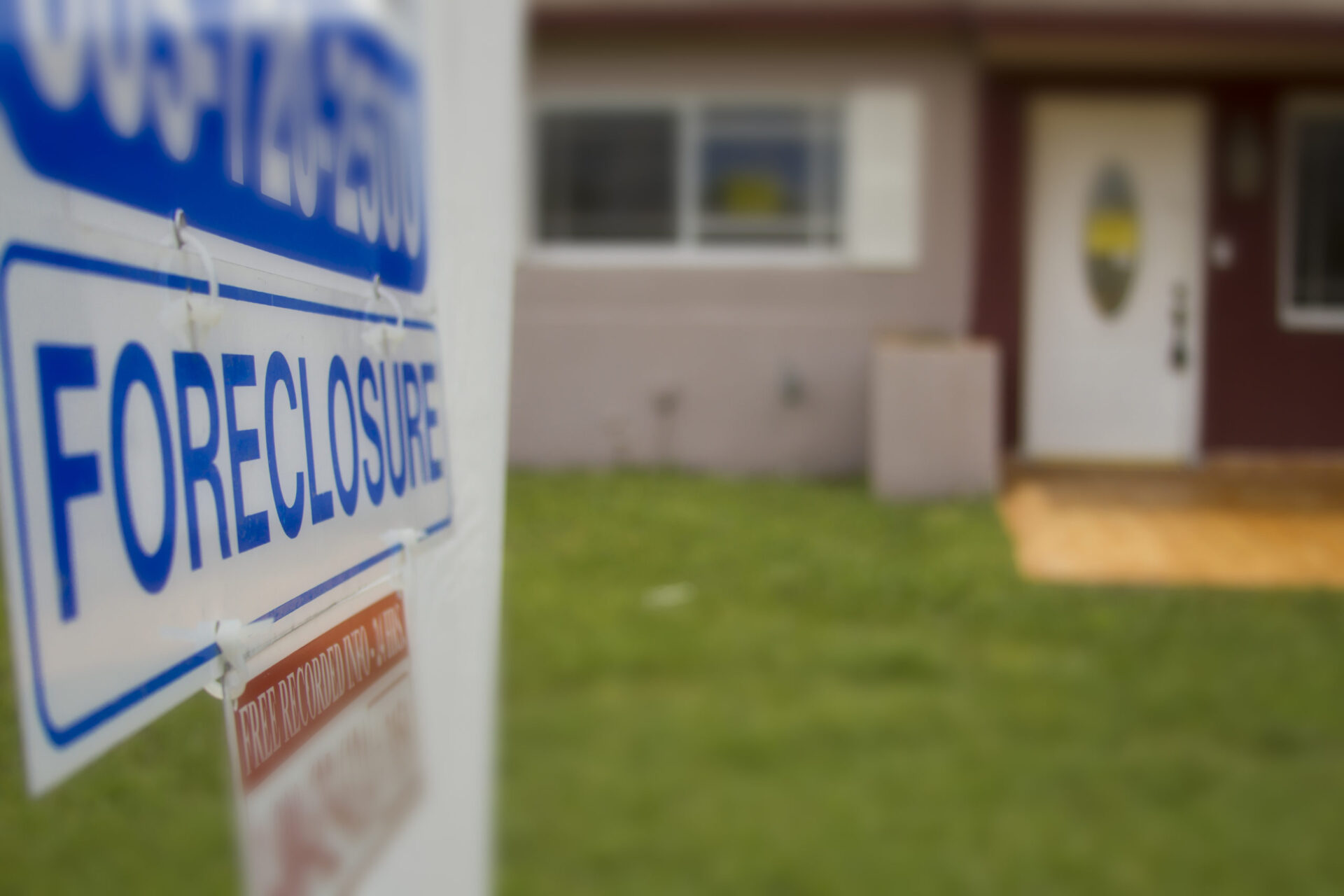By NICOLE MURRAY
There have been 1.3 million cases where loss mitigation options have helped borrowers remain in their homes since the start of the Covid-19 pandemic, according to officials at the U.S. Department of Housing and Urban Development.
A few common tools available through these home retention programs include a loan modification, forbearance agreement, or repayment plan.
However, some of these resources that once were effective in avoiding foreclosures now result in little to no reductions in monthly mortgage payments due to spiking interest rates.
As a result, a new proposal is being offered by the Federal Housing Administration, so borrowers have a potentially more effective option to avoid foreclosure. This tool is called the Payment Supplement Partial Claim.
“Many homeowners continue to experience hardships due to health or financial difficulties that occurred during the pandemic, and these challenges have been exacerbated for these and other borrowers by current economic uncertainties,” Assistant Secretary for Housing and Federal Housing Commissioner Julia Gordon said in a statement. “When we saw that our existing loan modifications were no longer providing adequate payment relief, our team painstakingly explored every possible alternative to provide relief in the current rate environment, resulting in this innovative proposal.”
Under this proposal, a borrower could bring their mortgage current and use this zero-interest lien to reduce their mortgage payments for three to five years.
Monthly payments would only be reduced by 50% during the final year of the program. This is to prepare the borrower for the resumption of their full monthly mortgage payment the following year.
The Federal Housing Association, who covers the cost of the reduced payments, will be repaid once the mortgage is complete or if the home is sold or refinanced.
Will this proposed home retention option help keep people in their homes and avoid foreclosures?
Many have questioned the effectiveness of these home retention programs since their creation and wonder whether they benefit the consumer but according to Selma Hepp, chief economist at CoreLogic, these home retention options have resulted in fewer foreclosures, more sustainable home ownership, and the lowest delinquency mortgage rates seen in the last 23 years.
Mortgage delinquency rates were as high as 8.09% after the onset of the pandemic. Once home retention options became available, rates slowly decreased and by March of 2023, the delinquency rate fell to a historic low of 2.6%.
“What we realized during the pandemic is that these types of programs make for a healthier housing system – especially options that reduce or defer the borrower’s payments,” Hepp told The Mortgage Note. “The average mortgage payment on a typical median-priced home is $500 higher than one year ago. If a monthly payment is reduced by even a few hundred dollars, it can make a huge difference for a lot of people.”
Read More Articles:
Home Prices Reverse Course As Inventory Tightens Further
